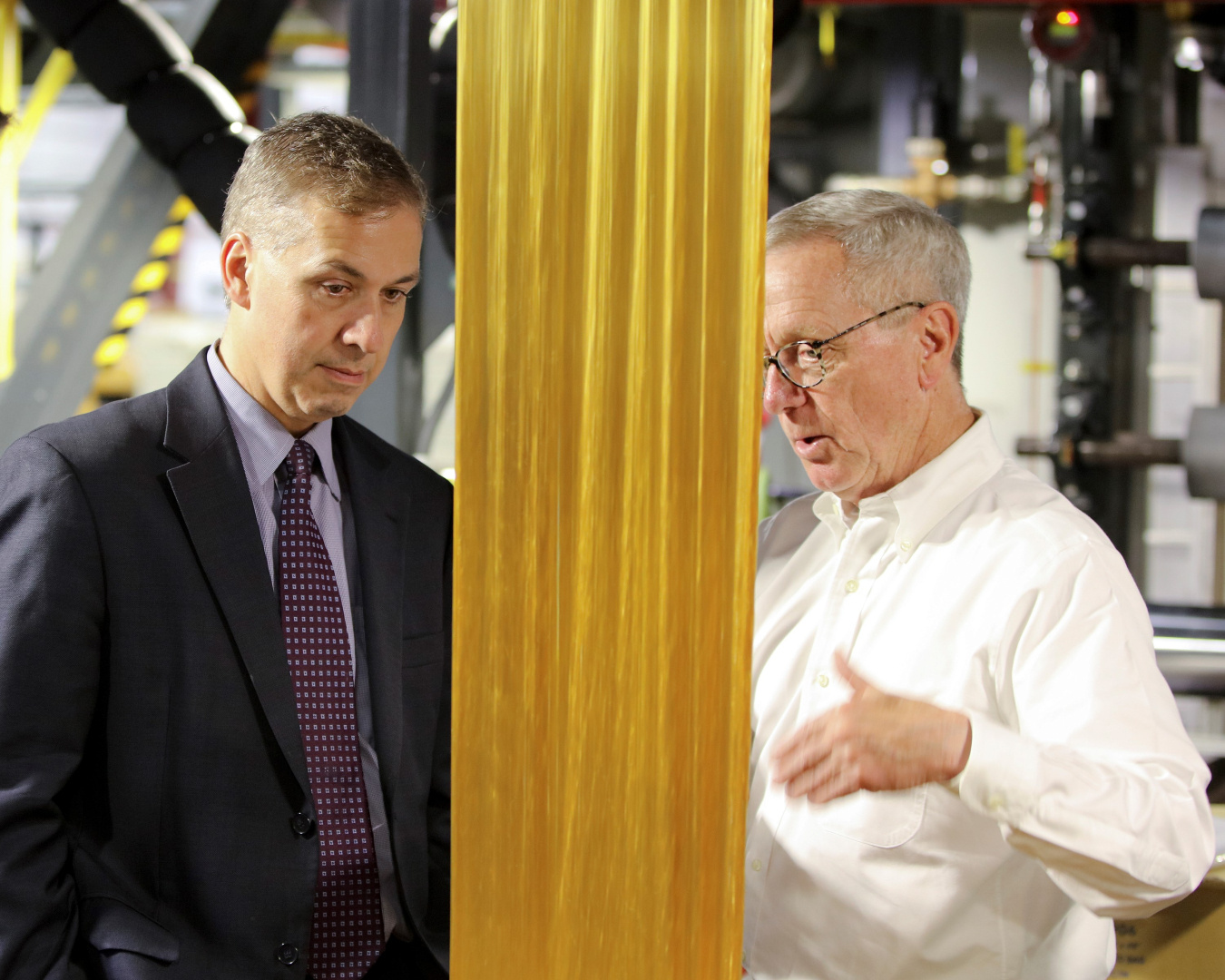Michael Berube, the new director of the Energy Department’s Vehicle Technologies Office, sat down recently to discuss his entry into vehicles, wh...
Office of Critical Minerals and Energy Innovation
December 1, 2016By Erik Hyrkas, former EERE Communications team member.

Michael Berube, the new director of the Energy Department’s Vehicle Technologies Office, sat down with the Amped Up! team recently to discuss his entry into vehicles, where we’re headed, and a love of off-roading.
Where did you get your start in vehicle technologies?
I am a transportation and civil engineer by background. I started my career working on highway and public transit projects in Boston and London. That led to an interest in understanding the policy and environmental implications behind transportation technical issues.
After about seven years at the Massachusetts Institute of Technology (MIT), as a student and a researcher, there was an opportunity at Chrysler looking for an expert in environmental and transportation policy. I started working there, and I spent 23 years at Chrysler.
As director, what do you see as your top priorities?
I think one of the big challenges is looking at the combination of the advancements we made across batteries, engines, and fuels, combined with the great work that’s been done by our other offices. How do we look at bringing all of these together in a more systems approach to achieve dramatic improvements in energy efficiency?
What are the most remarkable changes you’ve seen for vehicles over the years?
By far, the most remarkable changes are those I have seen over the last two years. A combination of auto makers looking at mobility, autonomous cars and actually taking the driver out of the equation (or at least partly out of equation). This has combined with consumers willing to embrace new models of transportation and technology that can enable both trends. At the same time, you have a global push to reduce energy consumption from transportation while serving growing urban population. These trends are combining and will lead to a major disruption in vehicles.

What kind of vehicles do you find the most interesting?
I’ve been in [Washington,] D.C., a few months now, and part of what I wanted to do was actually live in a city and enjoy its benefits. Since I’ve gotten here, I actually don’t drive. We have access to a car, but it has only come out every few weeks when I have had to pick up some furniture for the apartment. So far our transportation has been on buses, Metro, and Uber/Lyft rides.
That said, I will tell you from my car past, my kids and I do a lot of outdoors activities. We do a lot of backpacking and hiking. And as part of that, we’ve developed kind of a love for off-roading, and Jeeps are the classic off-roader. We love using some of those vehicles to get us to the trailheads when we go backpacking for a week and getting pretty far out into the wilderness sometimes.
What do you like to do when you’re not fighting for alternative, energy efficient vehicles?
My passion outside of work and autos are two related things. I do a lot with my family through Boy Scouts. We have three Eagle Scouts in the family now, and we spend a lot of days and miles backpacking. We’ve hit at least half a dozen national parks around the country.
What do you want people to know about you as director of the Vehicle Technologies Office?
I’m passionate about transportation. I started my career as a civil and transportation engineer, because they are literally, “civilization’s engineers.” They are focused on how you build the things that society needs to function.
I’m very interested in how do we make the best possible transportation system we can. That includes providing great transportation for people, but doing it in a way that is sustainable, ultimately for our cities, where we live, and for the environment globally.

